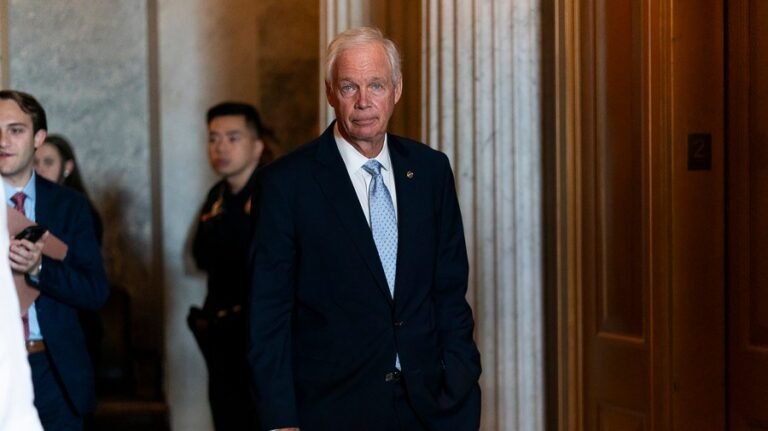
The current wave of anti-transgender legislation in the U.S. is not a new phenomenon. Roughly 1,000 bills have been put forward in 49 states, although 381 have failed.
Those advocating for the removal of language around the use of transgender and non-binary language in college classrooms claim that such identities are a fad. Yet, transgender people have existed historically since 5000 B.C. According to research from the University of California-Los Angeles, there are 2.8 million people age 13 and over in the U.S. who identify as transgender.
History offers insight as to why this legislation is resurging now. In the mid-19th century, people began moving to cities en masse to take jobs in factories. American cities doubled, tripled and quadrupled in size. Factory machinery, although massive, relied on intricate, interconnected and tiny parts. The smaller a person was, the better they could move through these machines and change parts.
At the time, no child labor laws existed that would prevent children from working (and often dying) in factories. As factories continued to grow, and as machines became an inextricable tool for production, companies required and thrived on streamlined supplies of child labor.
Factory bosses and the city officials benefiting from the economic boon of increased industry were learning that not every person living in their city was engaging in a reproductive relationship within a marriage — or in any form of reproductive intercourse, for that matter. Simultaneously, not every child that was born was capable of working in a factory, whether due to physical, mental or developmental disabilities. In response, cities and states needed a way to separate those who were not producing (or reproducing) from those individuals who were viable factory workers.
A need to distance these bodies from others led to the building of asylums, wherein people with any sort of disorder or perceived deviance would be moved outside the public eye, often turned over to become a ward of the state. As a result, gay and transgender people became part of that population.
Until 1973, homosexuality was deemed a disorder by the Diagnostic and Statistical Manual, the guiding text for prescribing and defining disorders for the American Psychological Association. Until 2013, “gender dysphoria” was itself seen as a psychiatric disorder within the DSM.
Today, medical professionals understand that diverse sexualities and gender identities are not abnormal, but quite common. Organizations like The Williams Institute find that such identities are increasing, particularly with teenagers and young adults.
It is hard not to see the correlation. An increase in acceptance of gay and transgender individuals within society and a decrease in the pathologizing of those identities leads to more people safely and openly identifying as these identities.
Research shows social acceptance makes it easier for young people to openly explore and understand these identities at an earlier age. However, this country is at a turning point, where policies at state and national levels seek to remove the ability to even talk about transgender identities.
These anti-transgender sentiments are often fueled by hate and fear, but their resurgence might be a result of new technological advances.
In today’s new industrial revolution, this tension of exclusion brought on by artificial intelligence is well-documented in the social media and technology sectors. So this new form of automation and information spread forces trans population into the public eye.
AI tools are designed to identify terminology used and to create patterns based on frequency of use by individuals in digital spaces. Biases within tools like Google’s Perspective and Facebook’s content moderation algorithm name and target trans persons as different, which then give administrators a means to remove trans people’s platforms merely for stating their gender identity.
As was the case with homosexuality in the industrial revolution, transgender people are suddenly very visible. To be sure, transgender athletes, students, celebrities and politicians have all been subject to media discussions.
The ubiquity of transgender individuals has brought these identities into the homes of people who believed their friends, family and coworkers could not themselves possibly be transgender. A recent Economist/YouGov poll shows one in five Americans know someone who uses gender-neutral pronouns.
Some refuse to acknowledge the visibility of transgender individuals and, want to literally remove them from public view. If the fiercest transphobes have their way, transgender folks will be thrown back into asylums.
As implausible as it seems, this possibility would set us back hundreds of years, an act that openly contradicts the modernization promised by new technologies of automation. Policymakers, advocates, activists, scholars and individuals need to stand up now, for the right to be seen as who they really are.
Travis L. Wagner, Ph.D., is an assistant professor in the School of Information Sciences at the University of Illinois, Urbana-Champaign and a Public Voices Fellow with The OpEd Project.


